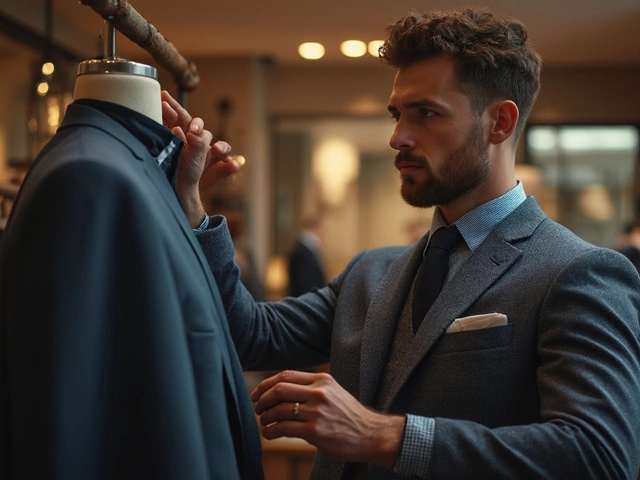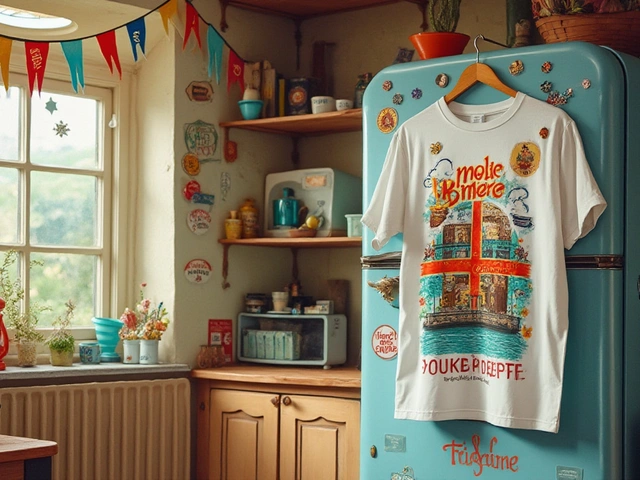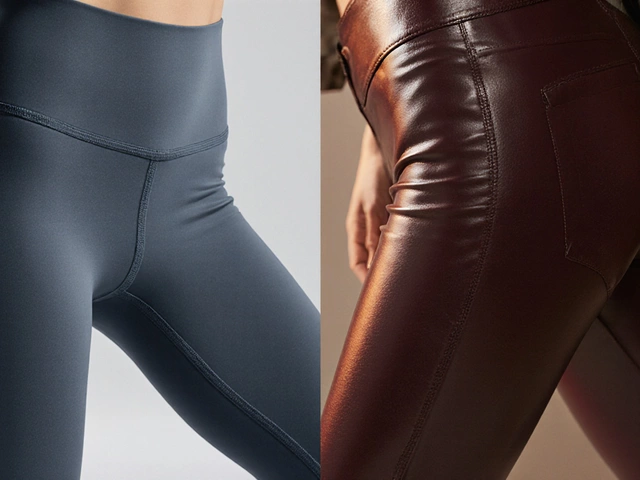Cocktail Dress Code for Older Women: Smart Choices for Every Evening

- Cleo Fairchild
- 18 May 2025
- 0 Comments
Cocktail dress code can feel confusing, especially as you get older and your style changes. You might flip through your closet, thinking, “Does this still work for me?” You’re not alone. Finding something that feels classy but doesn’t scream “trying too hard” is a challenge lots of women face as they age.
One of the best tips? Focus on fit and comfort first. No one wants to fidget all night. Look for dresses that work with your shape, not against it. A-line cuts, tasteful V-necks, and midi lengths are go-tos because they flatter without feeling frumpy.
It’s not about hiding; it’s about playing up what you like best about your look—whether that’s your neckline, arms, or legs. If you love your arms, skip the sleeves. Prefer a bit more coverage? Try a chic wrap or a soft drape over the shoulders. You can absolutely wear a sleeveless sheath or go for elegant three-quarter sleeves—just depends on what makes you feel like yourself.
- Why Cocktail Dress Code Still Matters
- Best Dresses for Shape and Comfort
- Color, Fabric, and Fit: What to Pick
- Accessories That Work—And What to Skip
- Tackling Tricky Situations: From Weddings to Work Parties
Why Cocktail Dress Code Still Matters
You might wonder if anyone actually cares about the cocktail dress code anymore. Turns out, it’s still a big deal at most events because it helps set the vibe—kind of like a silent agreement on how fancy (or relaxed) you should dress. When you show up in the right outfit, you’re telling the host you respect their effort and, honestly, you feel more at ease when you don’t stand out for the wrong reason.
Dressing for the occasion especially matters as you get older. Our bodies change, but the expectation to look sharp doesn’t disappear. According to a 2023 survey by AARP, 71% of women over 50 say that clear dress codes make them feel less stressed about what to wear for special events. When everyone’s following the same rules, you spend less time second guessing your look.
"Dress codes aren’t about limiting individuality. They protect guests from embarrassment and help create a comfortable, inclusive atmosphere," notes style columnist Amy Joyce for The Washington Post.
Also, sometimes invitations aren’t very clear—"cocktail attire" might mean sparkling dresses at one party and business casual at another. This can really throw people off. That’s why understanding the unwritten rules behind the cocktail dress code matters more as you get older, since you’ve probably seen every possible version over the years.
| Dress Code Stress Levels (Women 50+) | Reported Feeling |
|---|---|
| Clear Dress Code | Less Stress (71%) |
| Unclear Dress Code | More Stress (54%) |
Another factor? Clothes have major power over first impressions. At reunions, corporate parties, or weddings, looking well put-together instantly signals confidence and makes it easier to relax and just enjoy the night. It isn’t about looking younger—it’s about being comfortable, appropriate, and backing yourself in any room.
Best Dresses for Shape and Comfort
The secret to loving your cocktail look as an older woman is finding styles that flatter your shape and let you move easily. When picking a cocktail dress code outfit, skip anything stiff, scratchy, or digging in. If a dress needs constant adjusting or pinning, it’s a no-go—comfort is key, especially at events where you’ll want to eat, chat, and get on the dance floor.
Let’s talk silhouettes. Here are a few styles that almost always work well:
- A-line Dresses: Fitted on top and flaring out gently, this cut looks good on almost every shape. It glides over the tummy and hips without being clingy.
- Wrap Dresses: These pinch in at the waist (even if you don’t have much waist), give shape, and can be adjusted for comfort. Plus, they look fresh at any age.
- Fit-and-Flare: This style creates a defined waist and offers more room around the hips, which feels freeing if you want movement without showing too much.
- Sheath Dresses (with stretch): A modern sheath can look sleek, not stiff. Go for those with just a little give in the fabric so you can actually breathe.
- Midi Dresses: A hem that hits below the knee but above the ankle is versatile and age-friendly. It covers enough but doesn’t look or feel frumpy.
Stick to materials that are light but not see-through. Think knit blends, soft crepe, or stretch jersey. Stiff taffetas or heavy brocades can feel old-fashioned and restrict movement. Also, avoid flimsy fabrics that cling to everything—they’re rarely flattering and can look messy after an hour.
Fit can make or break even the trendiest dress. If you find a style you love but the fit is off, try tailoring—some women (including me) swear by it. You’d be surprised how much better a simple dress looks when it actually fits at the bust and shoulders.
If you’re not sure what typically works for your shape or want to compare some options, here’s a basic guide to cuts and comfort levels:
| Dress Style | Best For | Comfort Level (1-10) |
|---|---|---|
| A-line | Most body shapes | 9 |
| Wrap | Curvy & straight figures | 9 |
| Fit-and-Flare | Pear & hourglass figures | 8 |
| Sheath (with stretch) | Tall or slim body types | 7 |
| Midi | All body types | 8 |
If in doubt, try dresses in-store and move around in the fitting room—sit, stand, lift your arms. The right dress will let you do all that with zero fuss. If you end the night and barely remember your dress (in a good way), you nailed it.
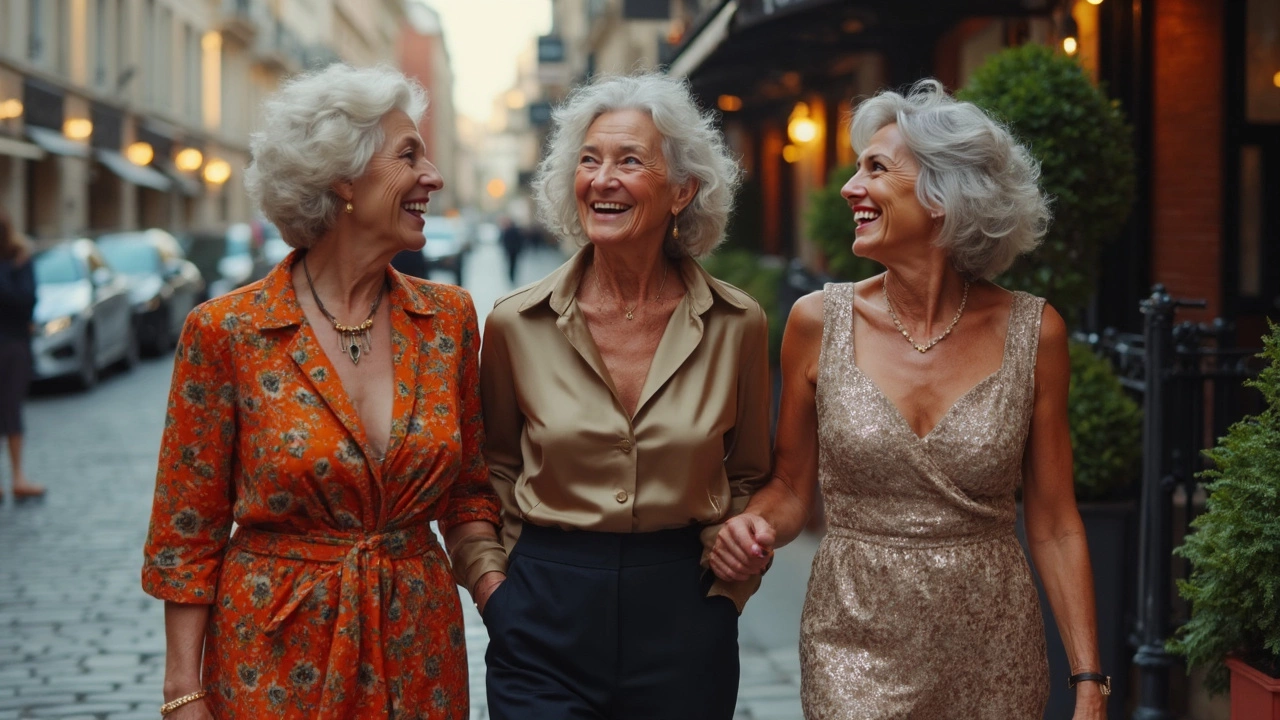
Color, Fabric, and Fit: What to Pick
If you want to nail the cocktail dress code as an older woman, focus on these three things: color, fabric, and fit. Each one makes a way bigger difference than you might realize.
First up, color. You really don’t have to stick to navy or black—unless those are your favorites! Jewel tones like emerald, royal blue, and deep purple look amazing and give your skin a glow. Soft metallics, like silver or bronze, can be a fun touch for evening events. If you want to make sure you never look washed out, avoid super pale shades that blend in with your skin.
Let’s talk fabric. Heavy satins and stiff taffeta can sometimes feel dated or uncomfortable. If you want to move and sit without feeling restricted, go for stretch crepe, jersey, or chiffon. These fabrics drape well, look elegant, and aren’t clingy. If you want a bit of structure, ponte or scuba knit can smooth things out without feeling tight. Sequins and lace work too, but try to pick styles where the sparkle is subtle—not overwhelming.
Now, fit. Ignore the idea that “older” means hiding under shapeless clothes. Good tailoring is everything. Here’s what usually works well:
- Wrap dresses highlight your waist without feeling tight.
- Midi and tea-length styles feel modern and show just enough leg.
- Sleeves can be anything from sleeveless to three-quarter, depending on what you like most.
- Empire waists or slight ruching in the front help if you want a bit of belly camouflage.
Don’t be afraid to get a dress tailored to suit your shape. Even a simple adjustment at the shoulder or hem can take a dress from “okay” to “wow.” And a proper fit always looks more expensive, no matter what you spend.
Accessories That Work—And What to Skip
Accessories can make or break your cocktail look, especially if you want to show off your style without going over the top. The trick is to use them to highlight your outfit, not distract from it. Most style experts say one or two statement pieces per look are enough. If you pile on everything at once—chunky necklace, bold earrings, metal bangles—it can look busy, not chic.
When dressing for the cocktail dress code, start with the basics and build up. Here’s what usually works well:
- Simple clutch bag: Opt for a sleek design, either in a neutral color like black or metallic, or a pop of color that matches your dress.
- Statement earrings or necklace—pick one: Crystal studs or drop earrings can brighten your face, while a bold necklace works better with simple necklines.
- Classic watches: A small, elegant watch is practical and stylish—just skip the oversized sporty ones.
- Shoes: Closed-toe heels or dressy flats in leather, suede, or satin are safe bets. Mid-heels are more comfortable for evenings, especially if you’re going to be on your feet.
If you want to add extra sparkle but not fuss, a silk or beaded wrap gives coverage and flair without feeling stuffy.
Things that rarely work for evening dresses as you get older? Overly flashy jewelry (think giant hoops, big plastic beads), big totes, and chunky belts. They can make your outfit look heavy or take away from your dress.
Check out this quick guide for what’s in and what to skip:
| Accessory | What Works | What to Skip |
|---|---|---|
| Earrings | Pearl or diamond studs, drop earrings, delicate hoops | Oversized hoops, plastic statement pieces |
| Bags | Clutch or small shoulder bag | Large tote bags or backpacks |
| Shoes | Mid-heel pumps, dressy flats | Chunky platforms, flip-flops |
| Necklaces | Simple chains, vintage pendants | Heavy, multi-layered pieces |
| Wraps/Scarves | Silk, chiffon, or beaded wraps | Bulky knitted scarves |
One fun fact: A 2023 survey by AARP found that over 60% of women over 50 prefer small classic accessories over flashy costume jewelry for evening events. Bottom line—stick with timeless pieces that add polish, not clutter. You’ll feel more comfortable, and it shows.
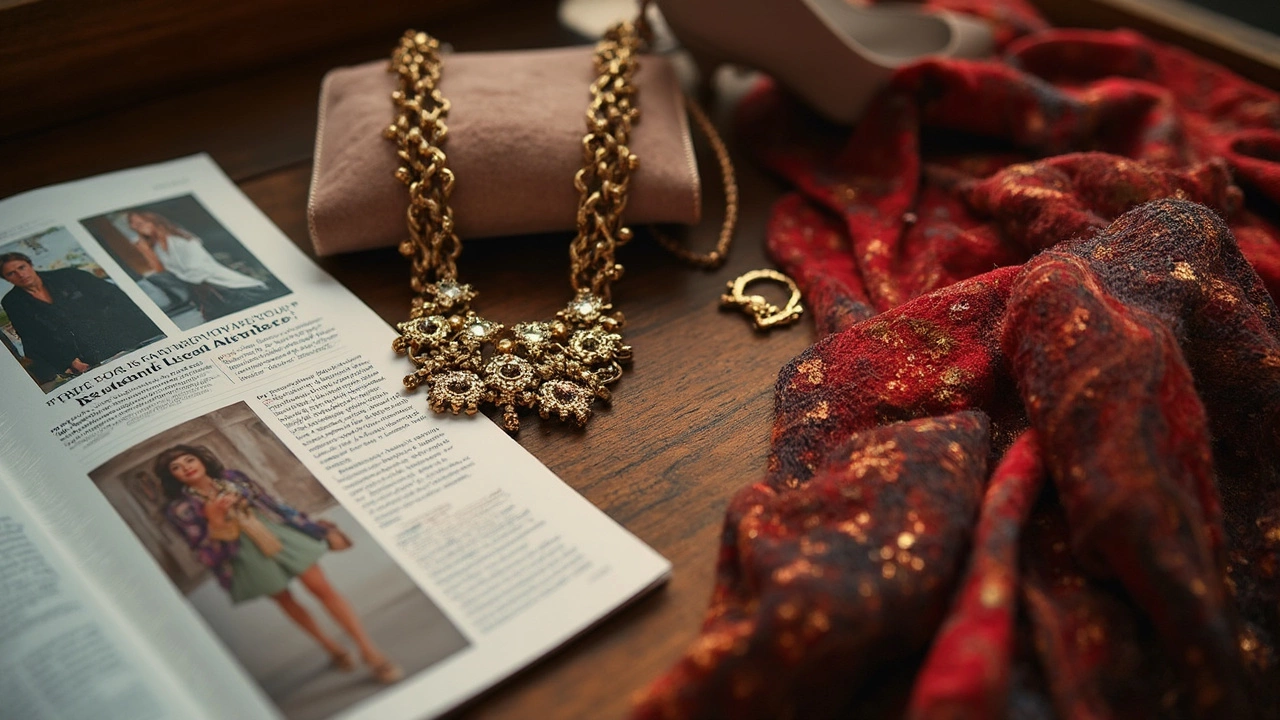
Tackling Tricky Situations: From Weddings to Work Parties
Some events just don’t fit the regular mold, and that’s where the cocktail dress code can really throw you for a loop. Take weddings—especially those that start in the afternoon and continue into the evening. Skip the white, cream, or super flashy shades so you’re not competing with the bride (even if you’re feeling bold). Soft blues, rich greens, and classic navy always work. Florals can look fresh, just make sure the dress works for both daylight and dimmer evening lighting. If the wedding’s in a religious venue, toss a shawl or light jacket in your bag for added coverage.
Work parties can be its own minefield. You want to look sharp—but too glitzy and it starts leaning into party mode, not business. Stick with simple lines and skip anything that’s too revealing. Midi lengths and solid colors go a long way toward classing things up. Pair your dress with polished low heels or elegant flats. If you’re not sure what’s appropriate, peek at photos from last year’s event or ask a colleague (I do this more than I’d like to admit, and it always saves me from stress).
Here’s a quick cheat sheet for other common situations:
- Outdoor gatherings: Maxi dresses or flowy knee-length options work great. Avoid heels that’ll sink into grass! Go for wedges or fancy sandals instead.
- Holiday events: Darker colors, velvet, or a little tasteful sparkle fits right in. Add a bold necklace if your dress is simple.
- Dinner parties: Look for comfort: wrap dresses, soft knits, or even smart separates with a dressy top. You can get away with more personality here—fun prints, statement earrings, or a colorful clutch.
No matter the event, trust your instincts. If you feel comfortable and like yourself, you’ll look great—rules are just the starting point.
